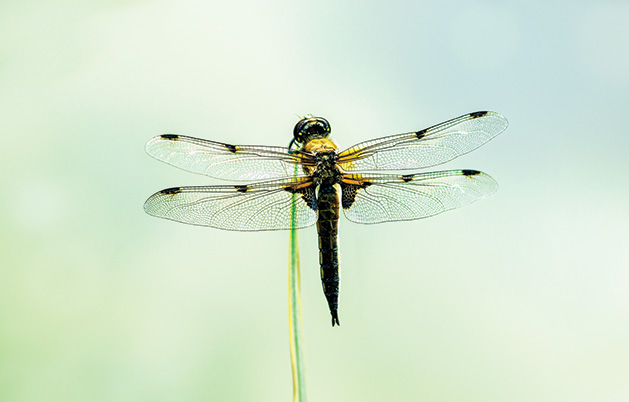
The drama of Lake Minnetonka in July is hard to resist: the boats, the teenagers, the sparkle of the sun on the water. On a different scale, the lake is also the backdrop for the drama of dragonflies. The masterful predator of mosquitoes represents an evolutionary success story that few creatures have matched.
Dragonflies have been zipping around the planet on their four independently moving wings for some 300 million years. With eyes that can see nearly 360 degrees, they are ruthless predators of flying insects and butterflies, regularly escaping the jaws and beaks of larger animals. Dragonflies move through a complex lifecycle of two to five years, spending most of that time underwater as bottom voracious nymphs that will eat anything smaller than they are.
In the late spring, as they reach adulthood, they emerge and metamorphose into air-breathing creatures in a dazzling array of body colors and transparent wings. They live glamorous lives of flight, feasting and mate-finding to repeat the cycle.
Individual females lay thousands of eggs in shallow waters that are hospitable because of reeds, grasses and aquatic life. The same conditions that support dragonflies protect the health of wetlands, streams and lakes, by filtering runoff, supporting native plants and providing nurseries for fish. So dragonflies signal environmental health, a drama worth watching.
Anne Marie Ruff Grewal is a writer, editor and environmentalist. She serves on the board of the Long Lake Waters Association, and has recently published her second novel, Beneath the Same Heaven—a story of love and terrorism.









